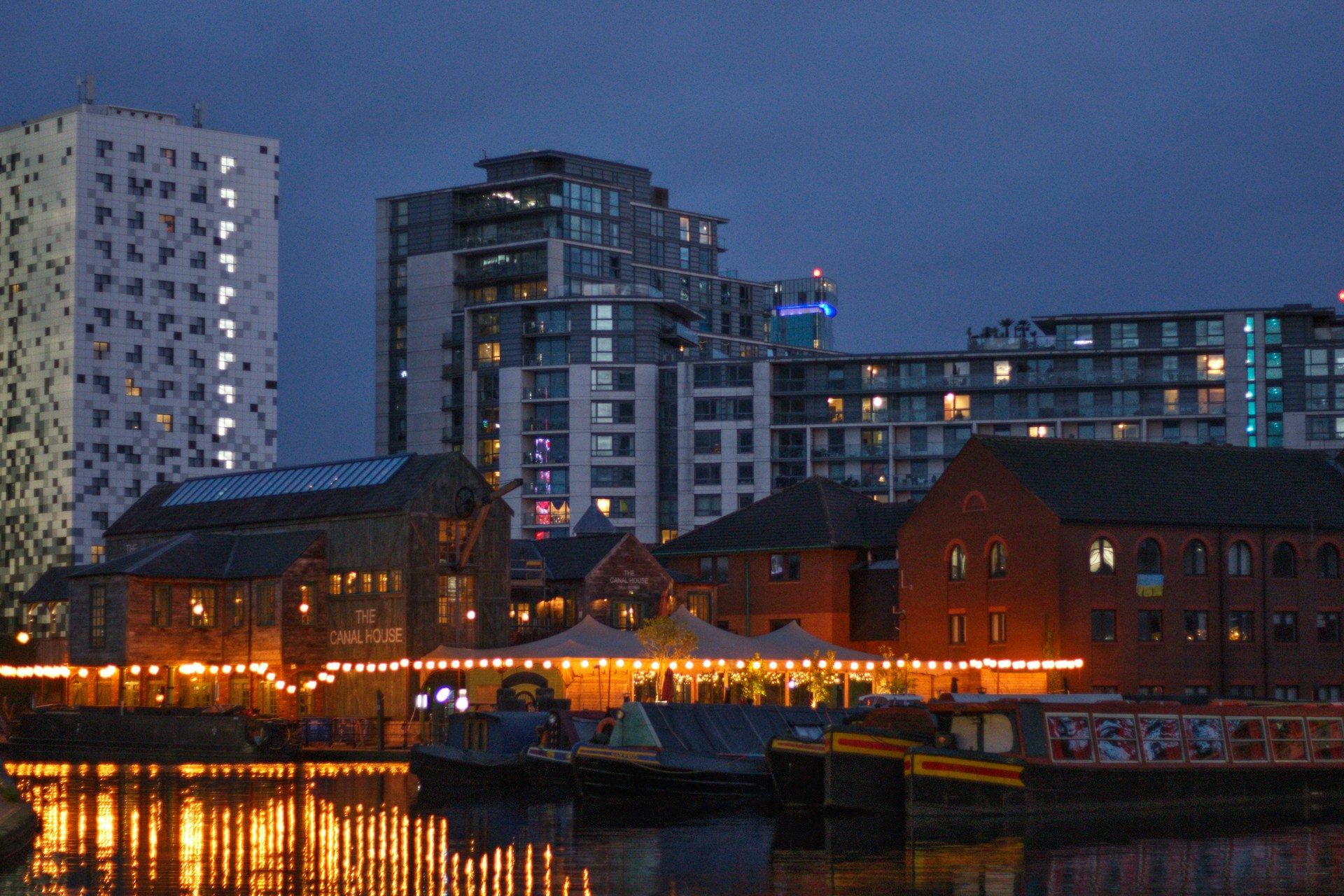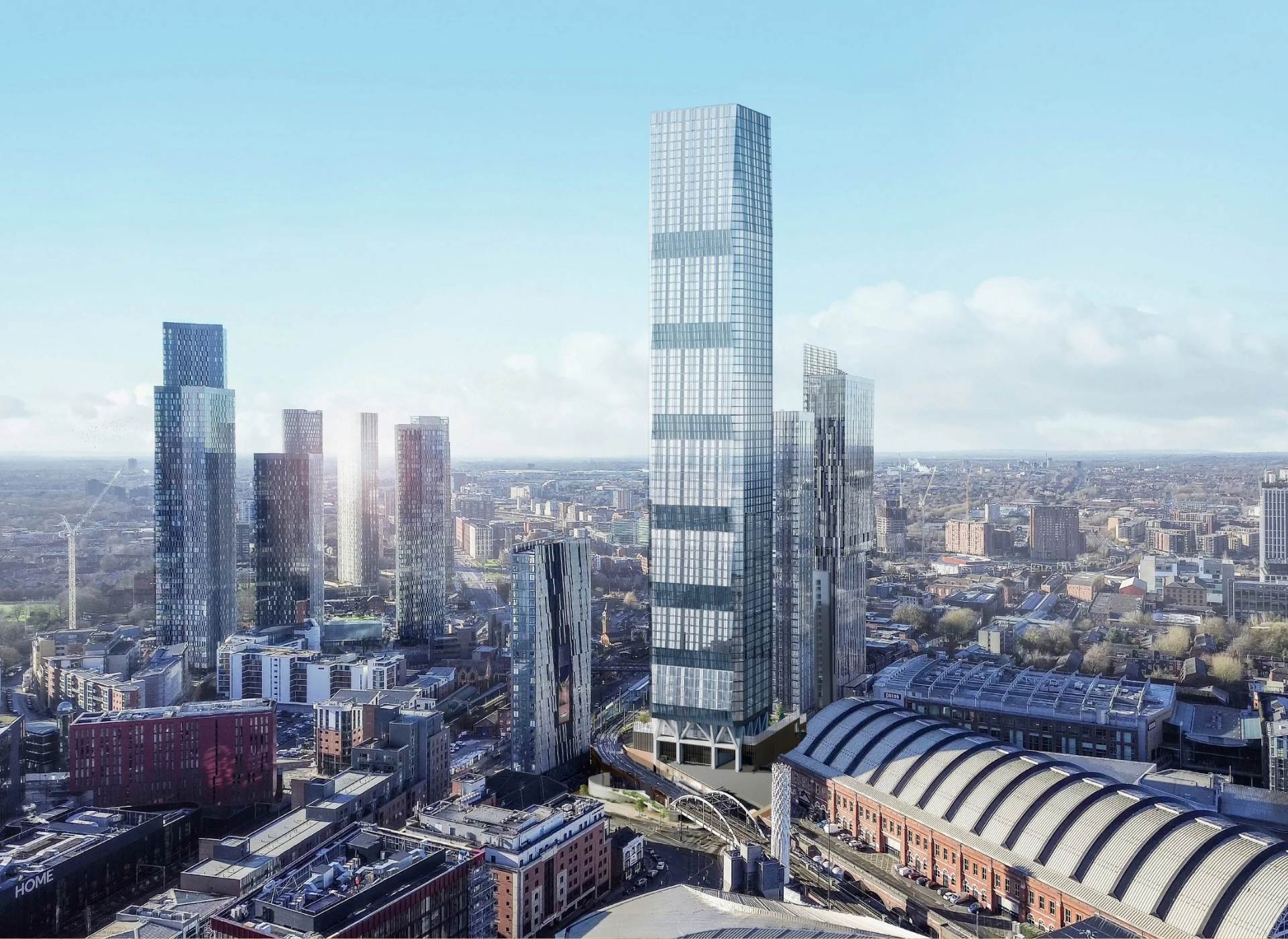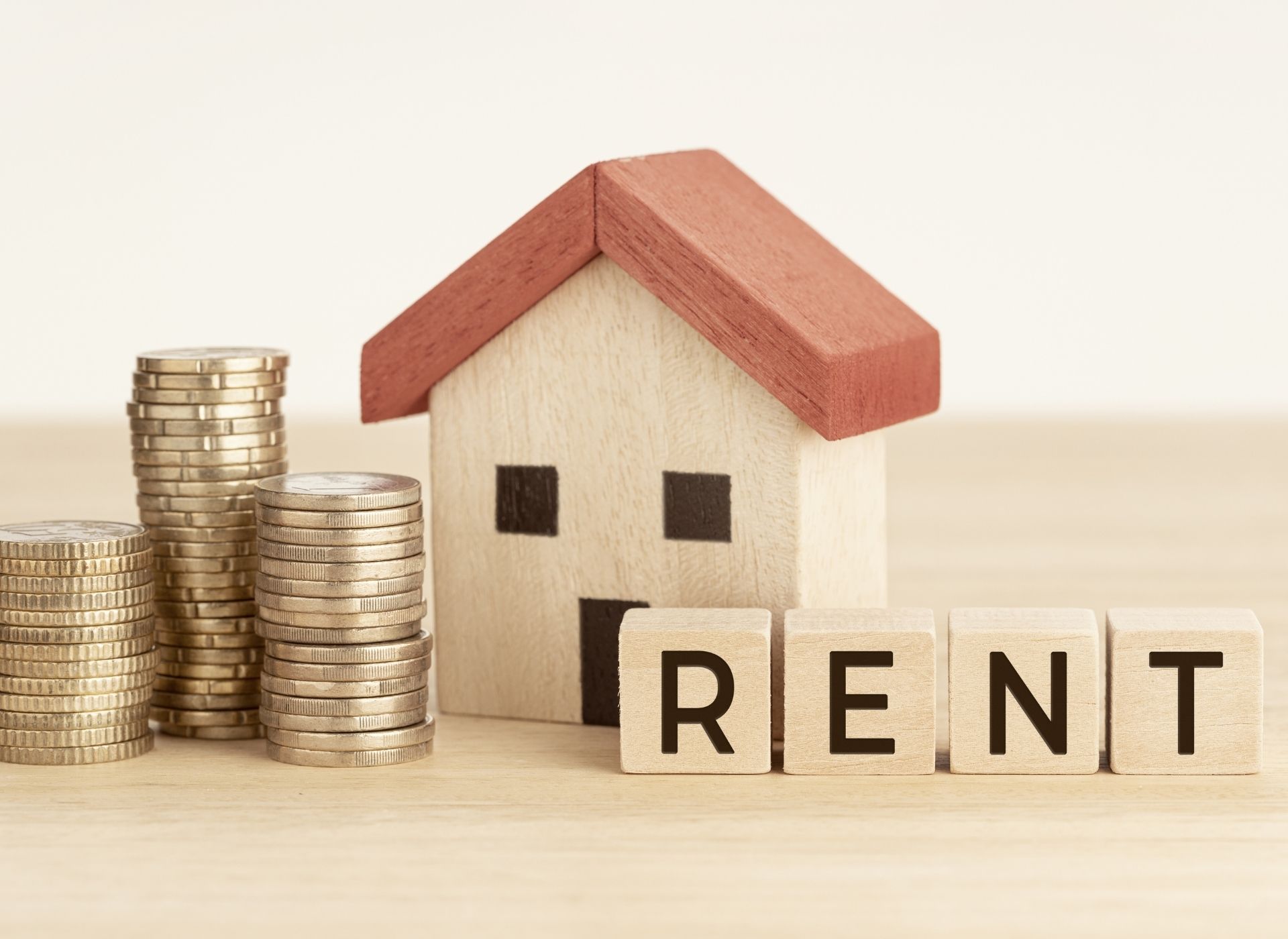Birmingham, often referred to as the “City of a Thousand Trades,” boasts a rich industrial heritage that has shaped its identity and economic landscape. From its pivotal role in the Industrial Revolution to its modern-day regeneration projects, Birmingham is a city that seamlessly blends history, culture, and innovation. As large-scale developments breathe new life into its urban fabric, Birmingham is becoming an increasingly attractive destination for buy-to-let investors. This blog explores the city’s industrial legacy, canal regeneration, and transformative projects, highlighting the economic impact and investment potential.
Birmingham’s Industrial Heritage: The Foundation of a Thriving City
Birmingham’s industrial heritage is deeply rooted in its history as a manufacturing powerhouse. During the Industrial Revolution, the city became a hub for innovation and production, earning its nickname as the “Workshop of the World.” Its diverse industries ranged from metalworking and jewellery-making to engineering and automotive manufacturing.
Key Historical Highlights
- The Jewellery Quarter: Birmingham’s Jewellery Quarter is a testament to its industrial prowess. Once the epicentre of jewellery production, it remains a vibrant area with over 800 businesses, blending historical charm with modern enterprise.
- Cadbury’s Legacy: The Cadbury family established their chocolate empire in Birmingham, creating the iconic Bournville village. This model village exemplifies the city’s commitment to social welfare and community development.
- Canal Network: Birmingham’s extensive canal network, often said to have more miles of canals than Venice, played a crucial role in transporting goods during the Industrial Revolution. These waterways are now being revitalised as part of the city’s regeneration efforts.
Birmingham’s industrial heritage is not just a relic of the past; it continues to inspire and inform its future development.
Canal Regeneration: Revitalising Birmingham’s Waterways
The regeneration of Birmingham’s canals is a cornerstone of the city’s transformation. Once vital arteries for trade and transport, these waterways fell into disrepair as industrial activity declined. Today, they are being revitalised to create vibrant spaces that enhance urban living and attract investment.
Key Regeneration Projects
- Gas Street Basin: This historic canal junction has been transformed into a lively area with bars, restaurants, and residential developments. It exemplifies how canal regeneration can blend heritage with modern amenities.
- Icknield Port Loop: One of Birmingham’s largest redevelopment sites, the Icknield Port Loop project focuses on creating a mixed-use community centred around the canal system and Edgbaston Reservoir. The development includes new homes, recreational spaces, and green infrastructure.
- Eastside Locks: Located near the Digbeth Branch Canal, Eastside Locks is part of the Eastside regeneration initiative. It features student accommodation, office spaces, and landscaped areas, contributing to the city’s economic growth.
The canal regeneration projects not only preserve Birmingham’s historical assets but also create opportunities for leisure, tourism, and investment.
Large-Scale Projects: Transforming Birmingham’s Urban Landscape
Birmingham is undergoing a renaissance, with large-scale projects reshaping its city centre and surrounding areas. These initiatives are driving economic growth, creating jobs, and enhancing the city’s appeal to residents and investors.
Key Developments
- Smithfield Birmingham: The £1.5 billion Smithfield development is transforming the site of the former wholesale markets into a vibrant mixed-use area. It includes residential spaces, retail outlets, and cultural venues, creating a dynamic urban environment.
- HS2 Curzon Street Station: The development of HS2’s Curzon Street Station is a game-changer for Birmingham’s connectivity. As the first brand-new intercity terminus built in Britain since the 19th century, it will enhance transport links and stimulate economic activity.
- Ladywood Regeneration: The Ladywood area is undergoing significant redevelopment, with plans to create new homes, commercial spaces, and green infrastructure. This project aligns with Birmingham’s Big City Plan, which aims to transform the city centre over 20 years.
These large-scale projects are not just about physical transformation; they are about re-energising Birmingham’s economy and community.
Economic Impact: History, Culture, and Forward Thinking
Birmingham’s regeneration efforts are having a profound economic impact, driven by its rich history, vibrant culture, and forward-thinking initiatives. The city’s transformation is creating opportunities for businesses, residents, and investors alike.
Boosting Connectivity and Accessibility
The HS2 project is set to revolutionise Birmingham’s connectivity, reducing travel times to London and other major cities. This enhanced accessibility will attract businesses and tourists, boosting the local economy and increasing demand for rental properties.
Creating Jobs and Opportunities
Regeneration projects like Smithfield and Ladywood are creating thousands of jobs in construction, retail, and hospitality. These initiatives are also attracting new businesses, further stimulating economic growth.
Enhancing Quality of Life
The integration of green spaces and sustainable infrastructure is improving the quality of life for Birmingham’s residents. Parks, landscaped areas, and canal-side developments are creating healthier and more liveable urban environments.
Attracting Investment
Birmingham’s transformation is making it a prime destination for property investment. With house prices rising and rental yields averaging 6%, the city offers strong returns for buy-to-let investors.
Why Buy-to-Let Investors Should Consider Birmingham
Birmingham’s regeneration efforts, combined with its rich heritage and cultural vibrancy, make it an attractive destination for buy-to-let investors. Here’s why:
- High Rental Demand: Birmingham’s growing population and influx of young professionals and students ensure a steady demand for rental properties.
- Affordable Property Prices: Compared to London, Birmingham offers more affordable property prices, making it an accessible option for investors.
- Strong Rental Yields: With average yields of 6%, Birmingham delivers competitive returns for buy-to-let investments.
- Urban Regeneration: Large-scale projects are enhancing the city’s appeal, driving property values and rental demand.
- Cultural and Historical Appeal: Birmingham’s rich heritage and vibrant cultural scene attract tenants, ensuring low vacancy rates.
Birmingham is a city that honours its past while embracing its future. Its rich industrial heritage, canal regeneration, and large-scale projects are transforming the urban landscape, creating opportunities for residents and investors alike. As the city continues to evolve, it is becoming a beacon of innovation, sustainability, and economic growth.
For buy-to-let investors, Birmingham offers a unique combination of affordability, high rental demand, and strong yields. Its regeneration efforts are not just reshaping the city; they are re-energising its population and economy. Whether you’re drawn to its historical charm or its forward-thinking initiatives, Birmingham is a city that promises a rewarding investment experience.
As the “City of a Thousand Trades” enters a new era, it invites investors to be part of its journey. With its blend of history, culture, and innovation, Birmingham is not just a place to invest—it’s a place to thrive.






